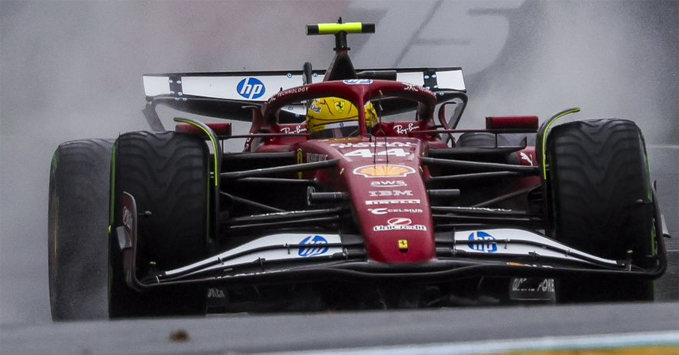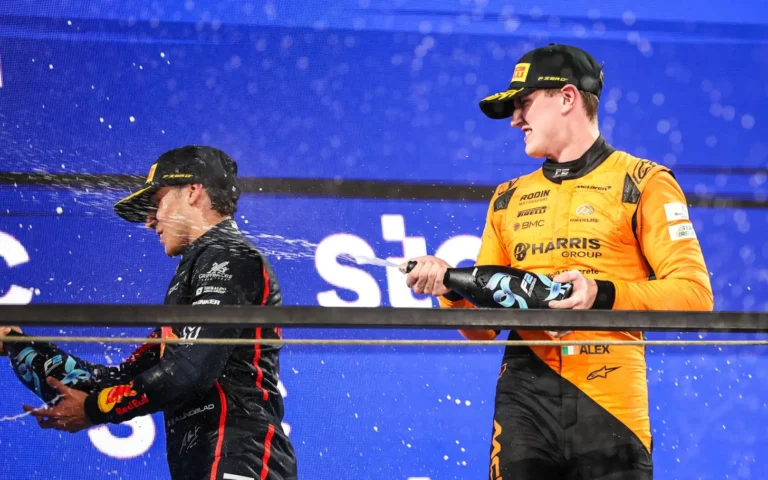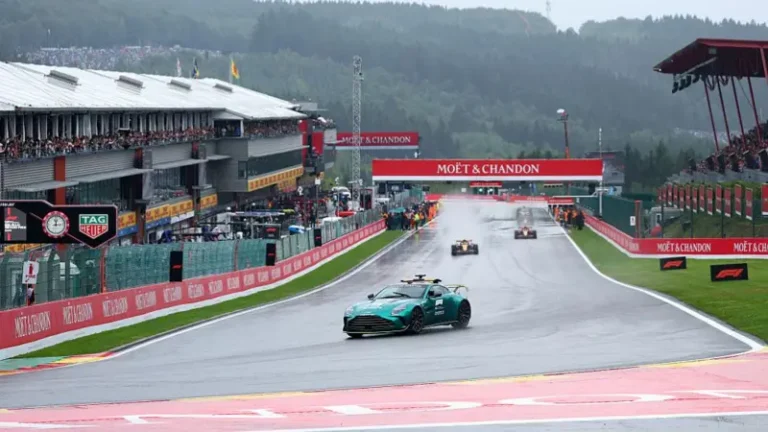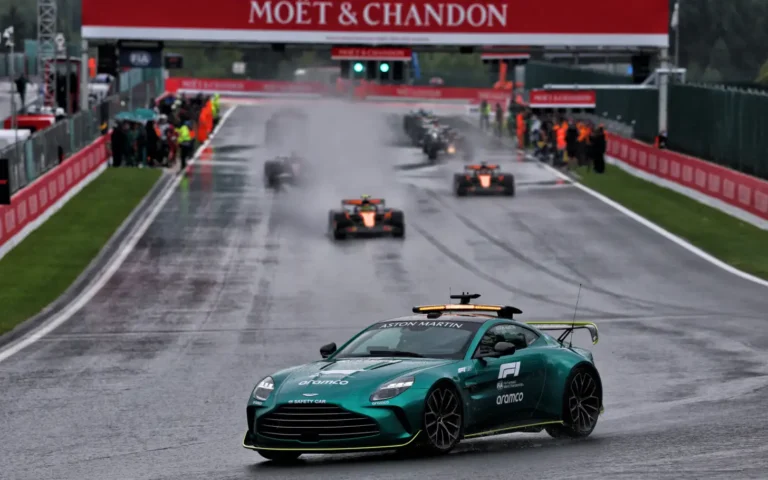
Formula One’s decision to greenlight a street circuit in Madrid, dubbed Madring, has ignited fierce opposition from local communities, environmental advocates, and political figures. Slated to replace Italy’s Imola on the 2026 calendar, the 5.4-kilometer course boasting 22 corners may excite fans on paper—but for residents of the Hortaleza district and surrounding areas, it represents a direct threat to their quality of life and the city’s ecological balance. The announcement has spurred a coordinated protest set for July 21, with groups condemning tree felling and disruptive construction practices already underway.
The opposition, galvanized under the campaign StopF1Madrid, has built a formidable presence online, calling attention to the environmental degradation and social disruption posed by the event. Their message is blunt: “Our neighborhoods are not a circuit.” The movement decries the Grand Prix’s carbon footprint—estimated at over 10 tons of CO₂ per race—and the excessive noise and air pollution forecasted. Preliminary environmental studies have confirmed that sound levels will surpass legal thresholds, requiring a temporary suspension of city ordinances just to accommodate the race.
Beyond environmental damage, residents warn of the daily havoc the race will wreak. Construction is expected to span five months each year over a decade—an ordeal that includes circuit assembly, racing events, dismantling, and related testing. Displacement of residents, interruptions to public transportation, traffic gridlock, and the choking off of access to schools and workplaces are just some of the looming concerns. There’s even talk of forcibly relocating those living closest to the action during race days—turning a sporting spectacle into a bureaucratic siege.
Perhaps the most symbolic flashpoint of the conflict is the alleged destruction of over 700 trees and the invasion of a protected livestock trail. Locals argue this constitutes irreversible harm to the city’s few remaining green spaces. A petition opposing the project is gaining traction, while online platforms like Reddit have become battlegrounds for disillusioned fans and concerned citizens alike. Many commenters are asking who truly benefits from this event, pointing out that neither fans, locals, nor drivers seem to support the street circuit’s existence.
F1 has long championed a goal of becoming carbon-neutral by 2030, but this Madrid debacle reeks of hypocrisy to critics. As motorsport attempts to balance sustainability with commercial expansion, Madring might stand as a cautionary tale—a public relations nightmare in the making. With residents organizing and public sentiment souring, the sport now faces an existential question: will it sacrifice community and conservation for corporate spectacle, or heed the calls echoing through the streets of Madrid?






